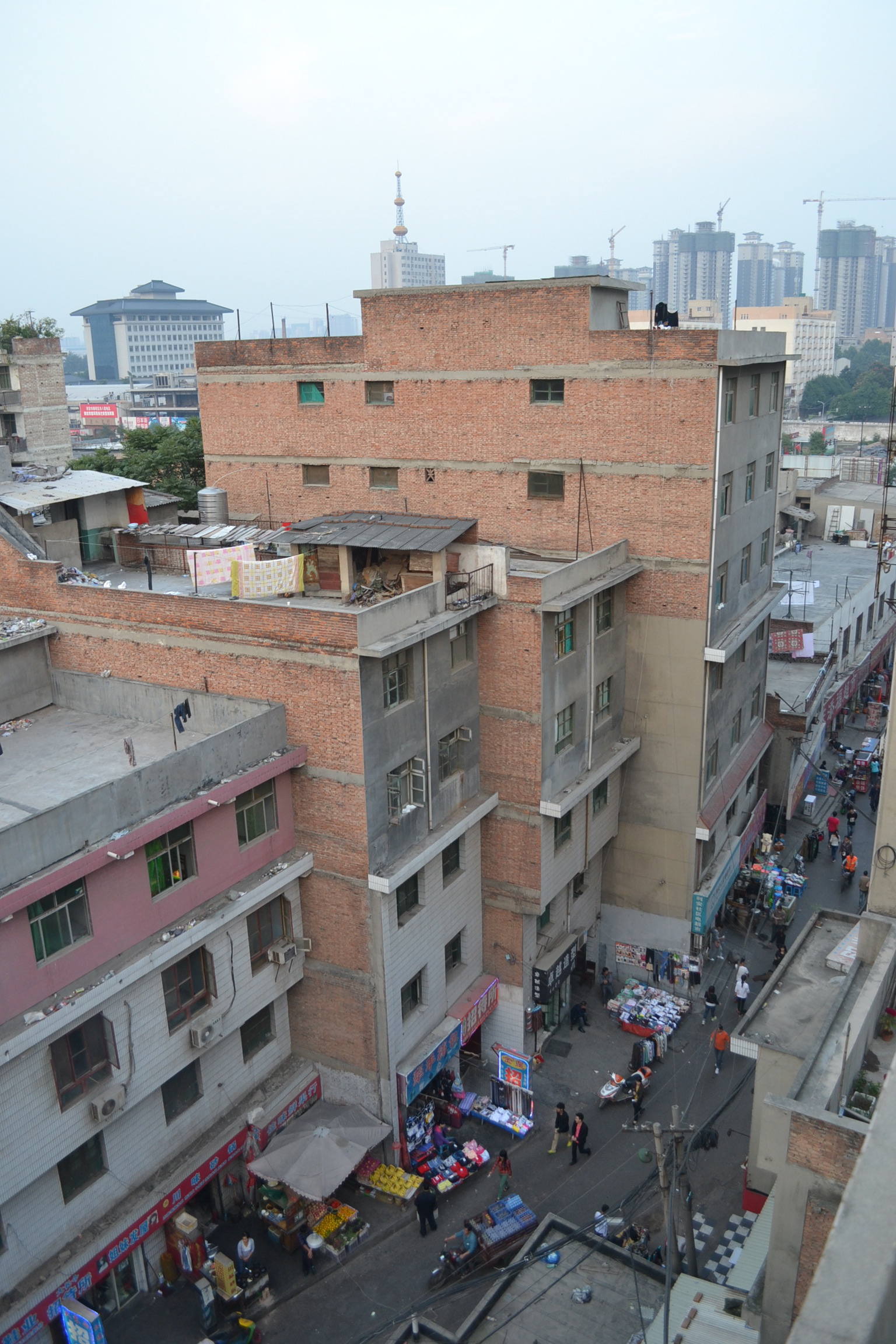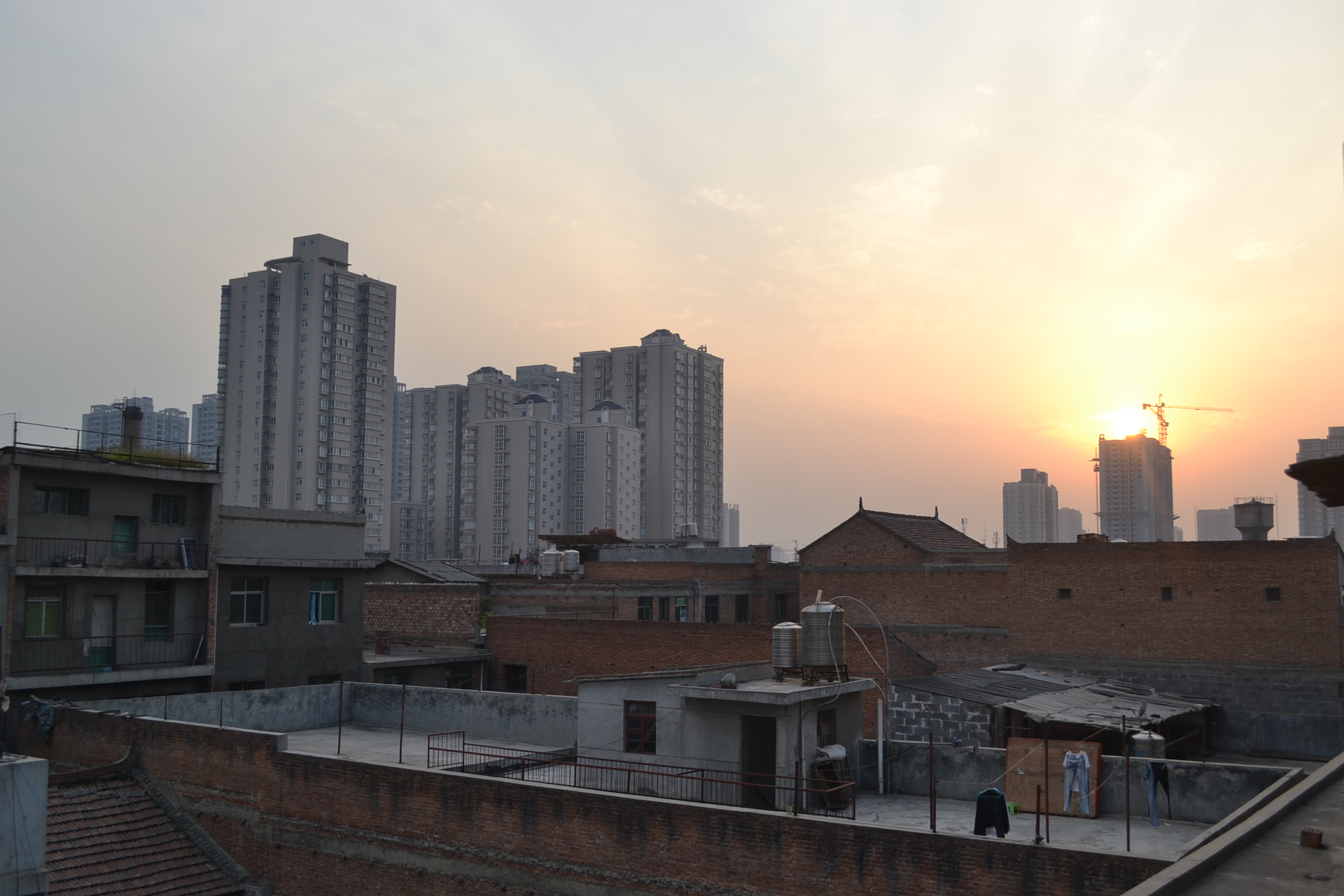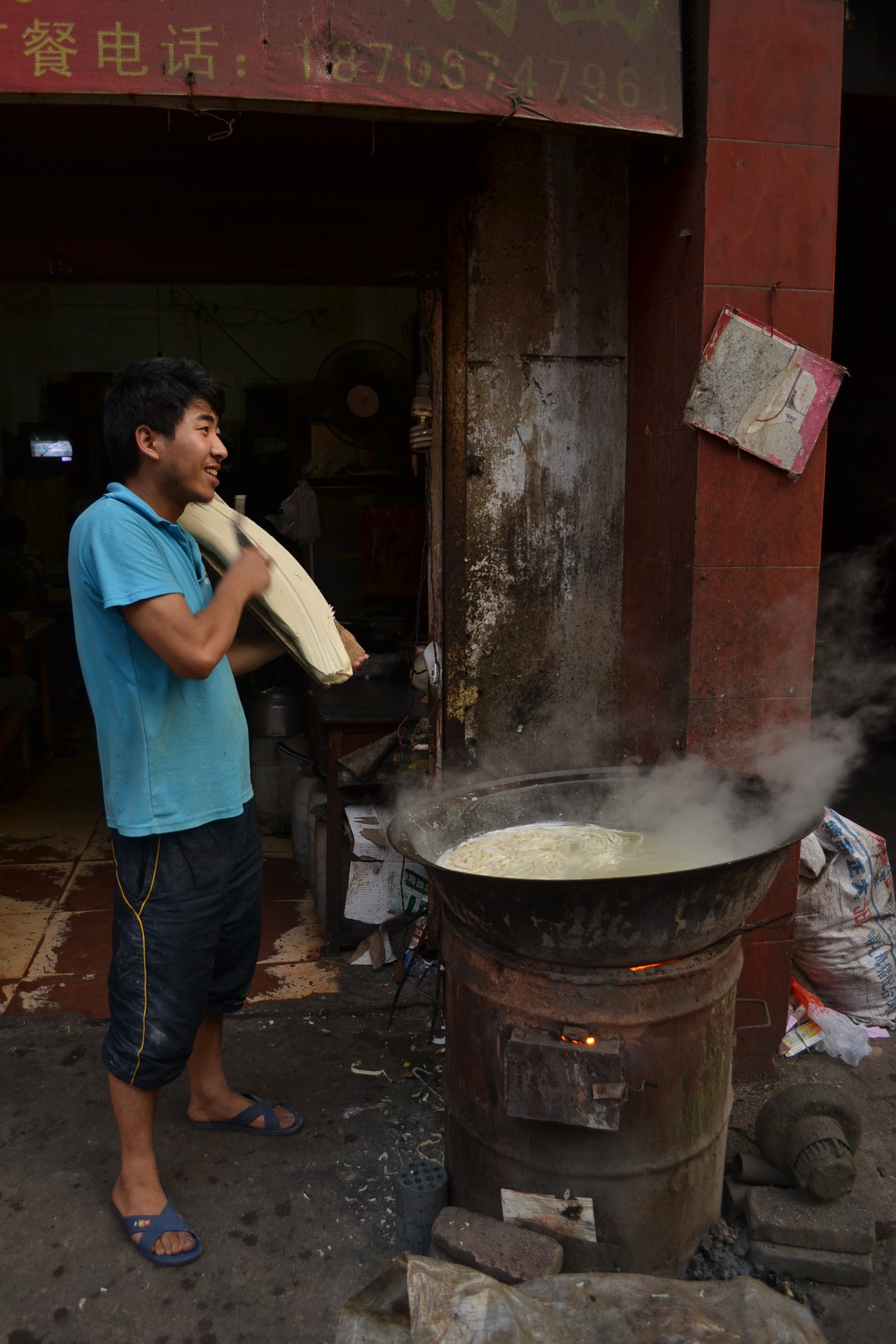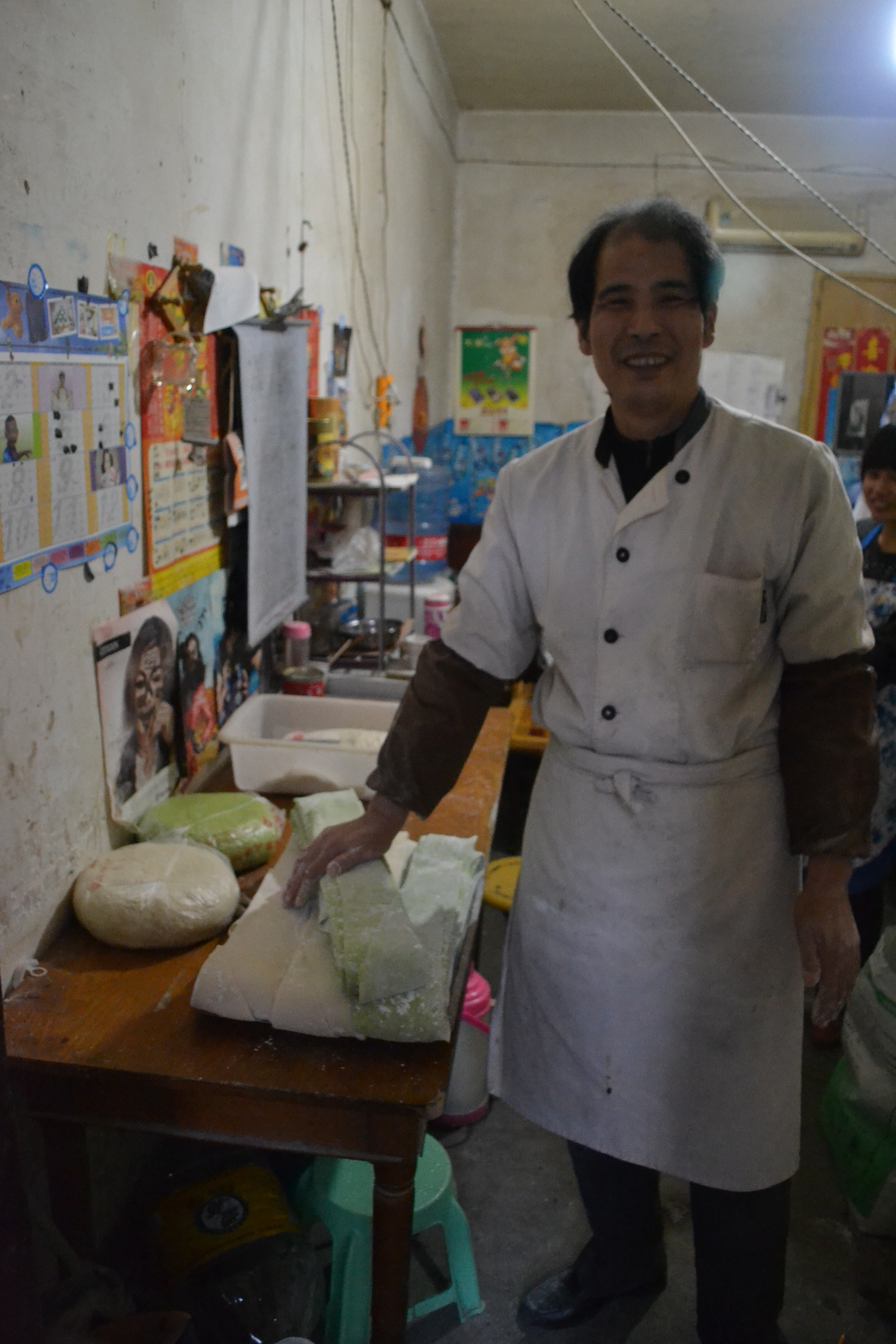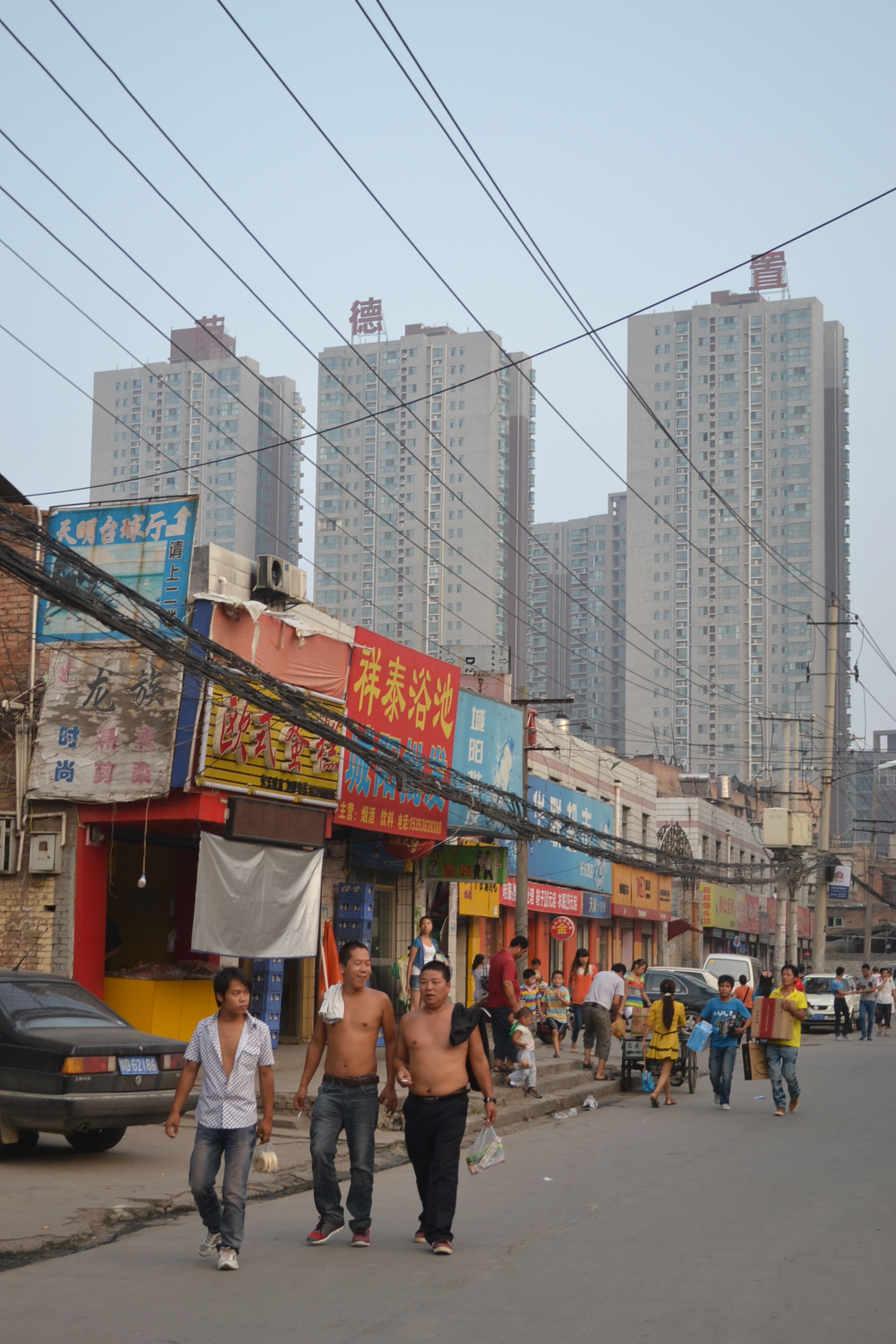Xi'an's Urban Villages
While thought of as a southern China phenomenon, "urban villages" can be found in most Chinese cities, including Xi'an. Enclaves of informality, urban villages are remnants of actual villages that were enveloped by urban expansion as cities moved outward into farms over the last 30 years of China's rapid economic growth. Because of the difference in legal status between villages (owned collectively by villagers) and urban land (owned directly by the state), the government found it hard to demolish these villages and left them largely alone. The original residents, once farmers, now make most of their income renting out their properties to migrant workers, who often cannot find a cheap housing anywhere else in the city. In Bali Village, only 3,000 of the more than 60,000 residents in an area of about 1.5 square kilometers are "permanent residents" with legal status. The rest are temporary migrants with no legal status in Xi'an. This is a density of about 40,000 residents/sq. kilometer, a measure that is higher than the average density of Mumbai, the world's most dense city. The city has plans to raze most of these slums and relocate residents to "formal" resettlement housing.
While some residents are eager to move to newer housing, they say the loss of communities like this one will make it harder for migrant workers to find affordable housing. Only permanent residents of the village will be given resettlement housing; everyone else will be on their own.




